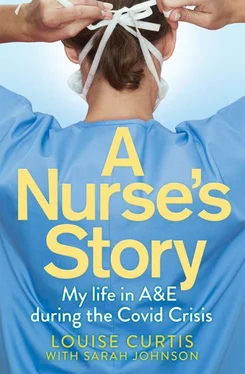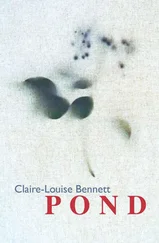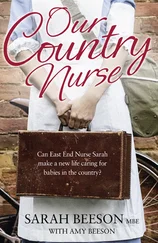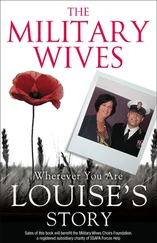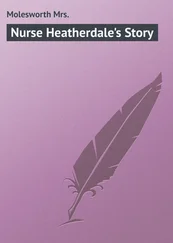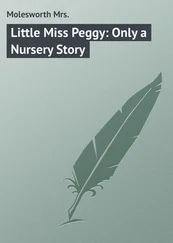This time it was a success, but sometimes it doesn’t work first time so you have to give an increased dose. The whole process is repeated. The patient dreads it because they’ve got to go through the motions of dying all over again. From a healthcare professional’s point of view, the fear also looms large. This procedure is always so intense and any clinician who says they don’t feel anxious when they watch the heart rate and rhythm on the defibrillator is lying. There have been times when the heart stops for a beat too long and everybody in the room has started thinking about jumping into action, before it starts again. We have to mask our worries though, because it’s imperative that we’re supportive for the patient, even when deep down we are petrified ourselves.
My sense of calm and relief didn’t last long as I was alerted to a patient who had arrived with two fingers missing.
‘All right, love!’ he said cheerfully as I appeared before him. ‘Any chance of a cup of tea?’
He was in remarkably good spirits for someone who had just lost their fingers.
‘What’s happened to you, then?’ I asked.
‘I cut my fingers off with a circular saw while doing some home renovations.’
His hand was heavily bandaged but there must have been so much blood at the scene when the paramedics arrived, not that you’d know it from this guy, who was pretty tough and not fazed in the slightest.
‘My fingers are following in a bag of vegetables,’ he added. ‘It was the only frozen thing I could find to keep them cool.’
We’re used to body parts in A&E. Lots of people use circular saws and Stanley knives so there’s plenty of opportunity for things to go wrong. I’ve treated a patient who managed to take their arm off at the elbow. It’s a bit bizarre when somebody comes in afterwards carrying the rest of the patient who is before you. There’s very little that A&E does in these situations, unless the patient needs resuscitating or a transfusion. This guy was sitting up and was chatting away. His bleeding had been controlled. The fingers arrived, but I did not go digging around for them among the frozen peas and carrots. This was a job for the surgeons. I phoned them and said goodbye to my patient as he was taken off to theatre. It was time to eat. Nothing puts me off my food.
After lunch, a patient was rushed in with anaphylaxis. She’d had a Chinese takeaway and had a nut allergy so we assumed there might have been some nuts within what she had eaten. She had used her epi-pen to no effect. The ambulance crew had given her a further two doses of adrenalin and she was still having difficulty breathing. She had passed the point of rapid breathing in a desperate attempt to get more oxygen to her lungs and was tiring. It wasn’t long before she resorted to abdominal breathing which occurs when the body is trying everything it can to get air in and out. She was taking about five or six breaths a minute, which was nowhere near enough. Her airway was closing up and if we didn’t intubate her soon, there would be no room for us to pass a tube down. We called for an anaesthetist and threw all the medications we could at her while they took the lift down three floors to get to A&E.
Intubation is a difficult procedure. Only certain consultants in A&E are trained to do it and it’s not something they do regularly. When you’ve got an anaesthetist on hand, they are always the first port of call. Anaesthetists are pretty high up the healthcare food chain and get paid a lot, but they’re worth it. They are responsible for the airway. Nothing else happens if the airway is compromised, it’s the most important thing.
The anaesthetist that day came strolling in and slickly did what needed to be done. It looked as easy as pouring a cup of tea. He then left while the rest of us looked on in awe before sending the patient up to intensive care. I have been in the room on a couple of occasions where an anaesthetist has really struggled. You see the sweat on their collar when they’re trying to manage a difficult intubation. Perhaps the airway is so swollen nothing will fit, or there’s something lodged in there. Sometimes an airway is so deformed after a trauma, or there’s loads of blood everywhere which makes it very stressful for them. They know everybody is watching and that their one and only job in the situation is to stick a tube down someone’s throat. If that can’t happen that’s it, the patient will die.
The red phone on the wall in the middle of resus alerted us to our next patient. A man had been pulled out of the canal and was on his way to us. He was in cardiac arrest and had a body temperature of 27°C. A normal temperature is about 36°C. He had hypothermia and when he arrived he was quickly transferred onto a Lucas machine, which can perform cardiac compressions. He needed resuscitation over a long period and as humans tire quickly, the quality of compressions gets worse.
The repetitive, mechanical noise of a Lucas machine is one recognized by any A&E staff member. It’s a really aggressive machine which consists of a massive suction cup that is thrust down and punches a patient’s chest. What makes it worse for me is that the patient’s arms are strapped onto it so they look like they are hugging it. I know its purpose is to give good, effective, potentially life-saving compressions, but to see such a horrible and loud machine embraced by a dying patient is disturbing and bizarre to look at. I find it really difficult.
We’ve had lots of people who have been fished out of the canal turn up in the department. Quite a lot of homeless people camp beside it and sometimes fall in. Cyclists and joggers also fall in. Drowning is a very real danger, and people often don’t realize that there doesn’t need to be a lot of water for someone to die. It only takes a couple of centimetres of water to cover the airway. I always remember the story my dad used to tell about one of his uncles trying to drown him in the bath when he was a child. It was so memorable because he’d suddenly announce with a deadpan expression: ‘My uncle tried to drown me in the bath when I was a child.’ Everyone around him was shocked and after a short silence asked, ‘Why? What happened next?’ to which he would reply, ‘I don’t remember.’ Any efforts to get more information were futile.
After an hour, the team decided to stop the Lucas machine from attempting resuscitation. We didn’t know who our patient was. I guessed he might have been in his thirties, but I didn’t know. While his identity remained a mystery, we had given him a name from the phonetic alphabet like Foxtrot Tango. We used to call patients ‘unknown’ if we didn’t know their identity and if there was more than one in a shift, they would be unknown 2, 3, 4 and so on. Once we had five unknowns in over the course of a night. We would also give them a date of birth that made them 110 years old to remind you that your patient wasn’t actually called Foxtrot Tango.
Had this man fallen into the canal, was he pushed or had he killed himself? The police had turned up to try and find out who he was and whether he had any family.
The police often have our back. We used to have them patrol the department, and there’d be a specific office set aside for them. Now because of cuts to the force, they can’t offer that service, and we’re largely left to fend for ourselves.
There are single members of staff who make more of an effort with some of the police officers. I suppose they’re a new face and a potential romantic prospect. When you work unsociable hours, it’s difficult to find the time to meet a partner and form a relationship elsewhere. There are four people I know who are in relationships with police officers and they all met through work.
A&E, weirdly, is a hotbed of desire. Countless relationships are formed in the department. Unfortunately, many have also ended and the tension can be cut with a knife. The only constant is that people always find out about everything. You cannot keep a secret in A&E.
Читать дальше
